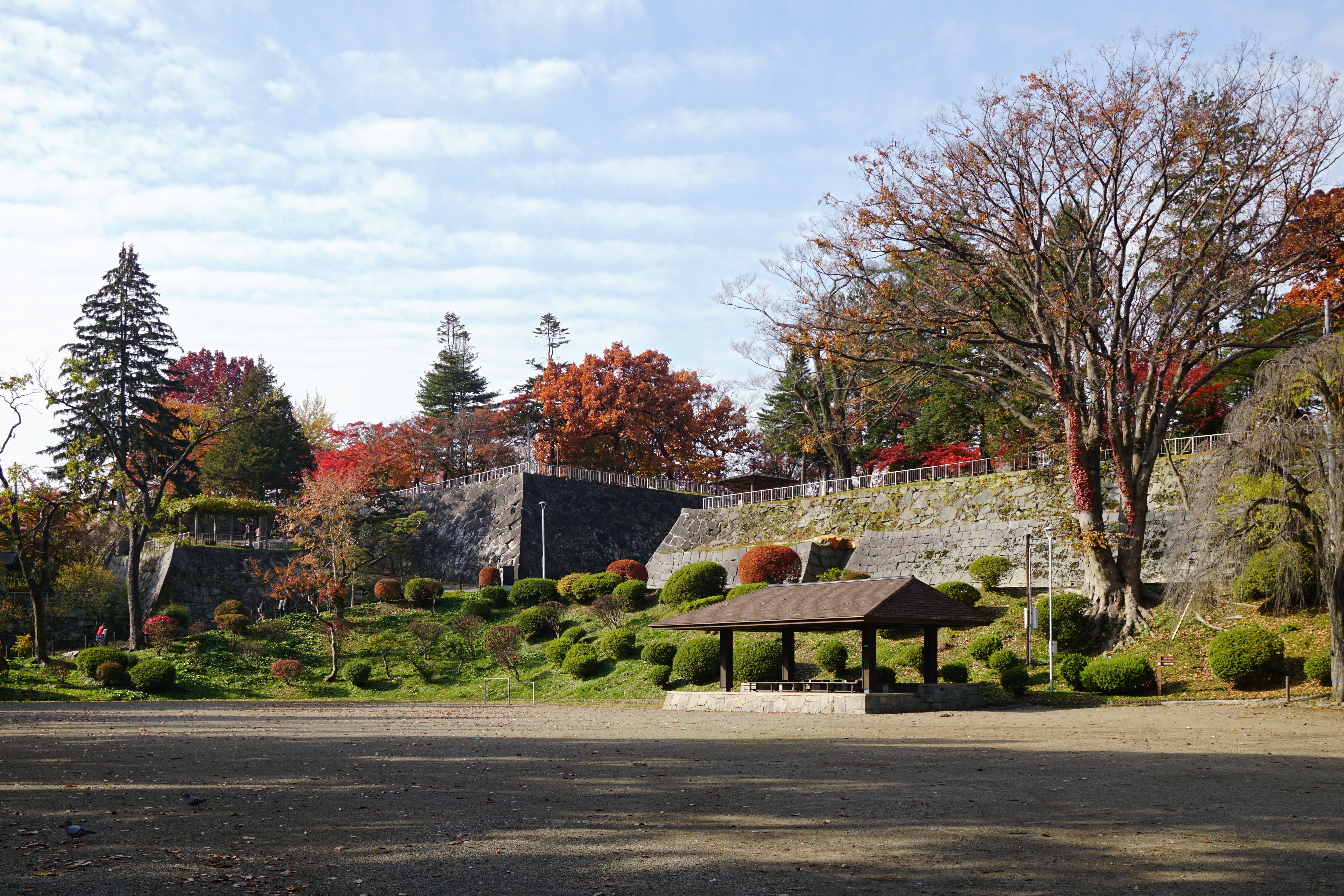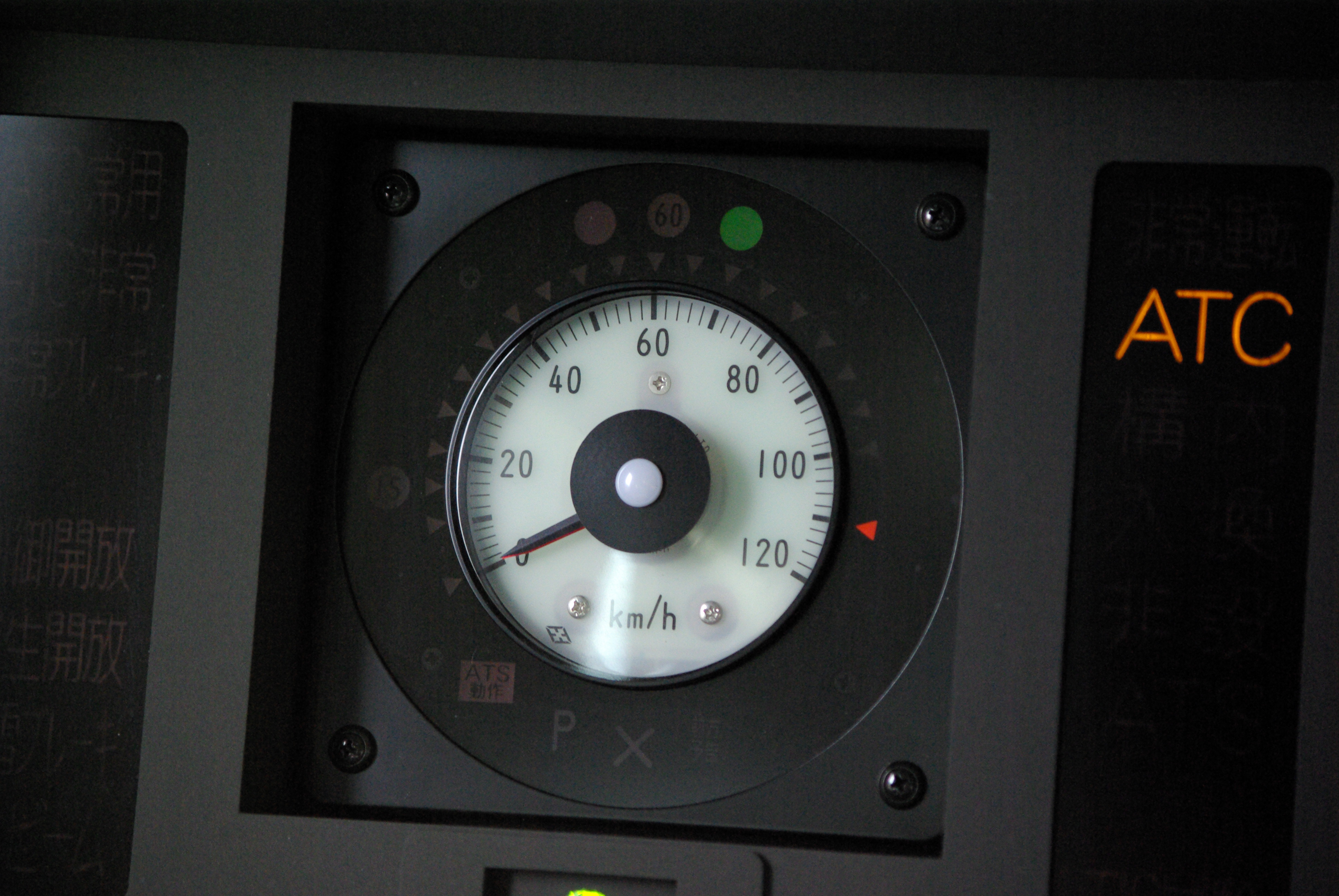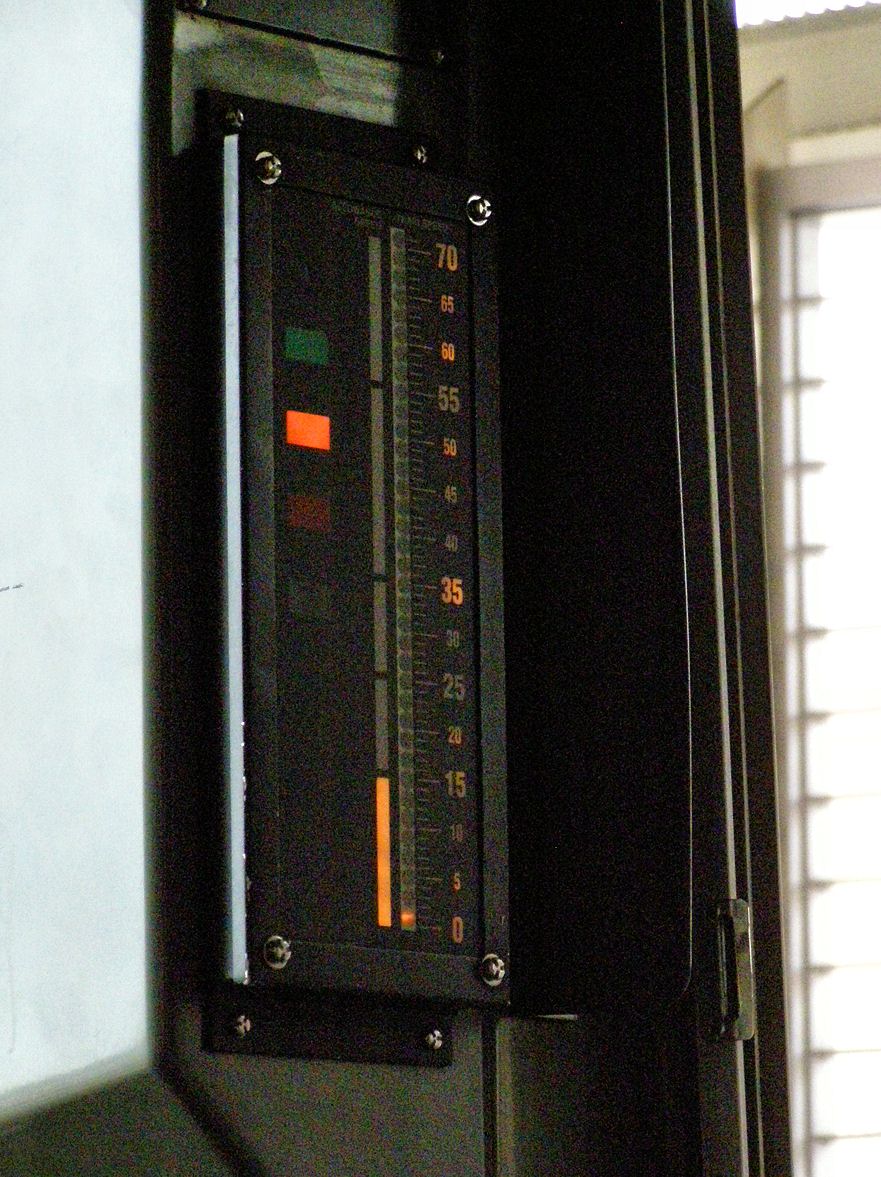|
Tōhoku Shinkansen
The is a Japanese high-speed Shinkansen rail line that runs through the more sparsely populated Tōhoku region of Japan's main island, Honshu. Operated by the East Japan Railway Company, it links Tokyo in the south to Aomori in the north, with stops in population centers such as Morioka, Koriyama, Fukushima (city), Fukushima, Hachinohe, and Sendai. With a route length of , it is Japan's longest Shinkansen line. It also has the highest operating speeds on the Shinkansen network, reaching a maximum of on a section between Utsunomiya Station, Utsunomiya and Morioka Station, Morioka. The first section of the Tōhoku Shinkansen opened in 1982 between Ōmiya Station (Saitama), Ōmiya and Morioka, with additional sections gradually built over the following decades; the final section between Hachinohe Station, Hachinohe and Shin-Aomori Station, Shin-Aomori was completed in 2010. A continuation of the line opened as the Hokkaido Shinkansen in 2016, which links Shin-Aomori to Shin-Hakod ... [...More Info...] [...Related Items...] OR: [Wikipedia] [Google] [Baidu] |
E5 Series Shinkansen
The and the related are Japanese Shinkansen high-speed train types built by Hitachi Rail and Kawasaki Heavy Industries. The E5 series is operated by East Japan Railway Company (JR East); it was introduced on Tōhoku Shinkansen services on 5 March 2011 and on Hokkaido Shinkansen services on 26 March 2016. A total of 59 10-car sets are on order, with three sets in service in time for the start of new ''Hayabusa'' services to Shin-Aomori in March 2011. The H5 series, a cold-weather derivative of the E5 series, is operated by Hokkaido Railway Company (JR Hokkaido); it has been in use on Tōhoku and Hokkaido Shinkansen services since 26 March 2016. Ordered in February 2014, a total of four 10-car sets were built by Hitachi and Kawasaki Heavy Industries at a cost of approximately . The first two sets were delivered in October 2014. All Hayabusa, Hayate, Yamabiko, and Nasuno services operated by E5 Shinkansen's terminate at Shin-Aomori Station, whilst Hayabusa and Hayate services ope ... [...More Info...] [...Related Items...] OR: [Wikipedia] [Google] [Baidu] |
E2 Series Shinkansen
The is a Japanese high-speed Shinkansen train type operated by East Japan Railway Company (JR East) on the Tohoku Shinkansen high-speed lines in Japan since 1997. They are formed in 8- and 10-car sets. The 8-car sets were used on the Hokuriku Shinkansen, and the 10-car sets are on Tohoku Shinkansen services. The 10-car sets can be coupled to E3 series sets using couplers hidden behind retracting nose doors. They operate at a maximum speed of on the Tohoku Shinkansen. A total of 502 vehicles (14 8-car "N" sets and 39 10-car "J" sets) were built between 1997 and 2010, with the first withdrawals commencing in late 2013. Operations Tohoku Shinkansen * '' Yamabiko'' * '' Nasuno'' Past operations Tohoku Shinkansen * Hayate (1 December 2002 - 16 March 2019) Hokuriku Shinkansen * '' Asama'' (1 October 1997 - 31 March 2017) Joetsu Shinkansen * ''Asahi'' * '' Toki'' * '' Tanigawa'' Variants * E2 series 8-car "N" sets * E2' series 10-car "J" sets * E2-1000 series 10-car ... [...More Info...] [...Related Items...] OR: [Wikipedia] [Google] [Baidu] |
Morioka
is the capital Cities of Japan, city of Iwate Prefecture located in the Tōhoku region of northern Japan. On 1 August 2023, the city had an estimated population of 283,981 in 132,719 households, and a population density of . The total area of the city is . Geography Morioka is located in the in central Iwate Prefecture, at the confluence of three rivers, the Kitakami River, Kitakami, the Shizukuishi River, Shizukuishi and the Nakatsu River, Nakatsu. The Kitakami River is the second largest river on the Pacific side of Japan (after the Tone River) and the longest in the Tōhoku region. It runs through the city from north to south and has a number of dams within the city boundaries, including the Shijūshida Dam and Gandō Dam. An active volcano, Mount Iwate, dominates the view to the northwest of the city. Mount Himekami is to the north and Mount Hayachine can sometimes be seen to the southeast. Surrounding municipalities Iwate Prefecture *Hachimantai, Iwate, Hachimantai *Hanam ... [...More Info...] [...Related Items...] OR: [Wikipedia] [Google] [Baidu] |
Aomori
, officially Aomori City (, ), is the capital Cities of Japan, city of Aomori Prefecture, in the Tōhoku region of Japan. , the city had an estimated population of 264,945 in 136,781 households, and a population density of 321 people per square kilometer spread over the city's total area of . Aomori is one of Japan's 62 core cities of Japan, core cities and the core of the Aomori metropolitan area. Etymology file:Wiki-utou2.jpg, Rhinoceros auklet (ウトウ) The original name of the Aomori was Utō, named for the , a seabird that is closely related to the puffin. In 1626 the name was changed to , but this was not fully embraced until 1783. History ''Aomori'' literally means blue forest, although it could possibly be translated as "Distinguishing blue from green in language#Japanese, green forest". The name is generally considered to refer to a small forest on a hill which existed near the town. This forest was often used by fishermen as a landmark. A different theory sugges ... [...More Info...] [...Related Items...] OR: [Wikipedia] [Google] [Baidu] |
East Japan Railway Company
The is a major passenger railway company in Japan and the largest of the seven Japan Railways Group companies. The company name is officially abbreviated as JR-EAST or JR East in English, and as in Japanese. The company's headquarters are in Yoyogi, Shibuya, Tokyo, next to Shinjuku Station. It is listed in the Tokyo Stock Exchange (it formerly had secondary listings in the Nagoya and Osaka stock exchanges), is a constituent of the TOPIX Large70 index, and is one of three Japan Railways Group constituents of the Nikkei 225 index, the others being JR Central and JR West. History JR East was incorporated on 1 April 1987 after being spun off from the government-run Japanese National Railways (JNR). The spin-off was nominally "privatization", as the company was actually a wholly owned subsidiary of the government-owned JNR Settlement Corporation for several years, and was not completely sold to the public until 2002. Following the breakup, JR East ran the operations on forme ... [...More Info...] [...Related Items...] OR: [Wikipedia] [Google] [Baidu] |
Honshu
, historically known as , is the largest of the four main islands of Japan. It lies between the Pacific Ocean (east) and the Sea of Japan (west). It is the list of islands by area, seventh-largest island in the world, and the list of islands by population, second-most populous after the list of islands of Indonesia, Indonesian island of Java. Honshu had a population of 104 million , constituting 81.3% of the entire population of Japan, and mostly concentrated in the coastal areas and plains. Approximately 30% of the total population resides in the Greater Tokyo Area on the Kantō Plain. As the historical center of Japanese cultural and political power, the island includes several past Japanese capitals, including Kyoto, Kyōto, Nara (city), Nara, and Kamakura. Much of the island's southern shore forms part of the Taiheiyō Belt, a megalopolis that spans several of the Japanese islands. Honshu also contains Japan's highest mountain, Mount Fuji, and its largest lake, Lake Biwa. Mo ... [...More Info...] [...Related Items...] OR: [Wikipedia] [Google] [Baidu] |
Tōhoku Region
The , Northeast region, , or consists of the northeastern portion of Honshu, the largest island of Japan. This traditional region consists of six prefectures (): Akita, Aomori, Fukushima, Iwate, Miyagi, and Yamagata. Tōhoku retains a reputation as a remote, scenic region with a harsh climate. In the 20th century, tourism became a major industry in the Tōhoku region. History Ancient and classical period In mythological times, the area was known as Azuma (, ) and corresponded to the area of Honshu occupied by the native Emishi and Ainu. The area was historically the Dewa and the Michinoku regions, a term first recorded in (654). There is some variation in modern usage of the term "Michinoku". Tōhoku's initial historical settlement occurred between the seventh and ninth centuries, well after Japanese civilization and culture had become firmly established in central and southwestern Japan. The last stronghold of the indigenous Emishi on Honshu and the site of ... [...More Info...] [...Related Items...] OR: [Wikipedia] [Google] [Baidu] |
Double-track Railway
A double-track railway usually involves running one track in each direction, compared to a single-track railway where trains in both directions share the same track. Overview In the earliest days of railways in the United Kingdom, most lines were built as double-track because of the difficulty of co-ordinating operations before the invention of the telegraph. The lines also tended to be busy enough to be beyond the capacity of a single track. In the early days the Board of Trade did not consider any single-track railway line to be complete. In the earliest days of railways in the United States most lines were built as single-track for reasons of cost, and very inefficient timetable working systems were used to prevent head-on collisions on single lines. This improved with the development of the telegraph and the train order system. Operation Handedness In any given country, rail traffic generally runs to one side of a double-track line, not always the same side as ... [...More Info...] [...Related Items...] OR: [Wikipedia] [Google] [Baidu] |
DS-ATC
Automatic train control (ATC) is a general class of train protection systems for railways that involves a speed control mechanism in response to external inputs. For example, a system could effect an emergency brake application if the driver does not react to a signal at danger. ATC systems tend to integrate various cab signalling technologies and they use more granular deceleration patterns in lieu of the rigid stops encountered with the older automatic train stop (ATS) technology. ATC can also be used with automatic train operation (ATO) and is usually considered to be the safety-critical part of a railway system. There have been numerous different safety systems referred to as "automatic train control" over time. The first experimental apparatus was installed on the Henley branch line in January 1906 by the Great Western Railway, although it would now be referred to as an automatic warning system (AWS) because the driver retained full command of braking. The term is especial ... [...More Info...] [...Related Items...] OR: [Wikipedia] [Google] [Baidu] |
Cab Signalling
Cab signalling is a railroad, railway safety system that communicates track status and condition information to the cab (locomotive), cab, crew compartment or driver's compartment of a locomotive, railcar or multiple unit. The information is continually updated giving an easy to read display to the train driver or Railroad engineer, engine driver. The simplest systems display the trackside signal, while more sophisticated systems also display allowable speed, location of nearby trains, and dynamic information about the track ahead. Cab signals can also be part of a more comprehensive train protection system that can automatically apply the brakes stopping the train if the operator does not respond appropriately to a dangerous condition. The main purpose of a signal system is to enforce a safe separation between trains and to stop or slow trains in advance of a restrictive situation. The cab signal system is an improvement over the Railway signal, wayside signal system, where vi ... [...More Info...] [...Related Items...] OR: [Wikipedia] [Google] [Baidu] |






